Kalamay Gabi is a Filipino cake made with coconut milk and taro. It's perfectly sweet and creamy and loaded with golden latik, making it a delicious and filling midday snack or dessert.
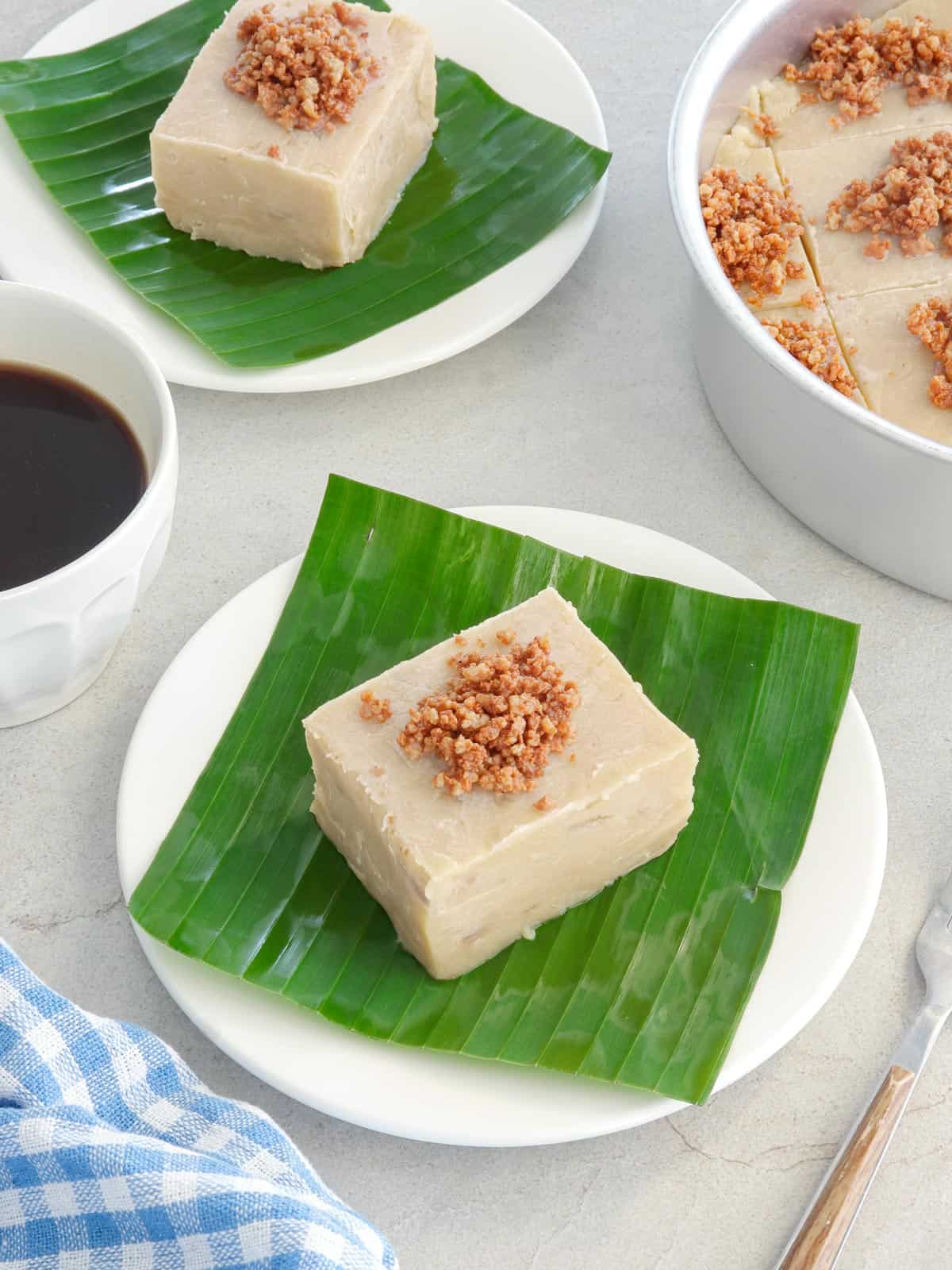
Along with kapit and tibok-tibok, this kalamay gabi was one of the things I learned to make during my trip to the Philippines. A family friend who owns a kakanin stall in our local wet market came to my mother's house to show me the steps, and I wish I had more than one day to work with her as she knows all sorts of rice cake recipes I would have loved to try.
Oh, well, I guess it's a great reason to take another vacation 🙂
Ingredient notes
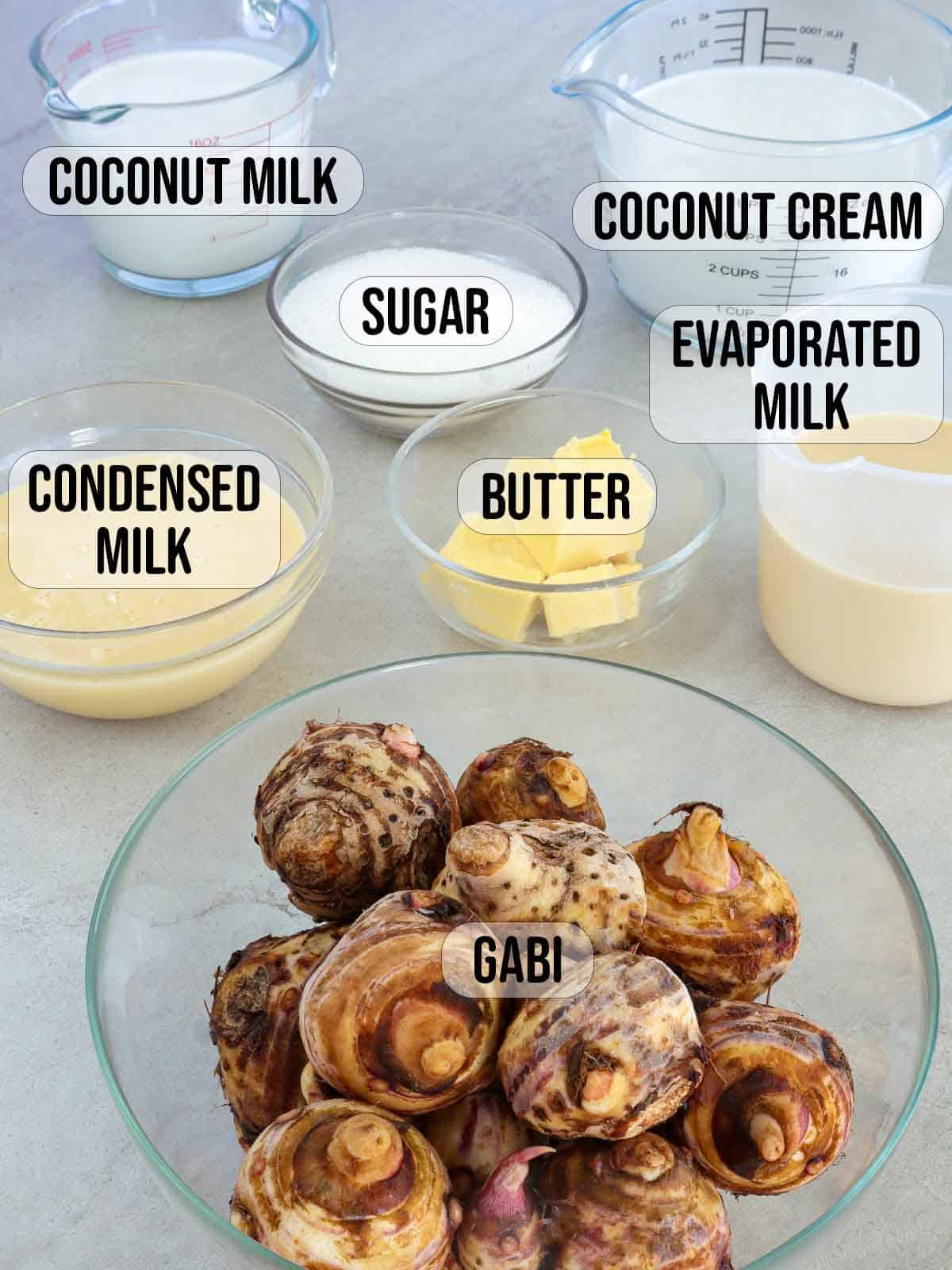
Kalamay gabi is a Filipino delicacy made with taro, locally known as gabi, coconut milk, evaporated milk, condensed milk, butter for richness, and sugar to sweeten. If you're from the Pampanga region, you probably know this rice cake as kalame gandus. It's similar to halayang ube with a soft and creamy texture.
How to make kalamay gabi
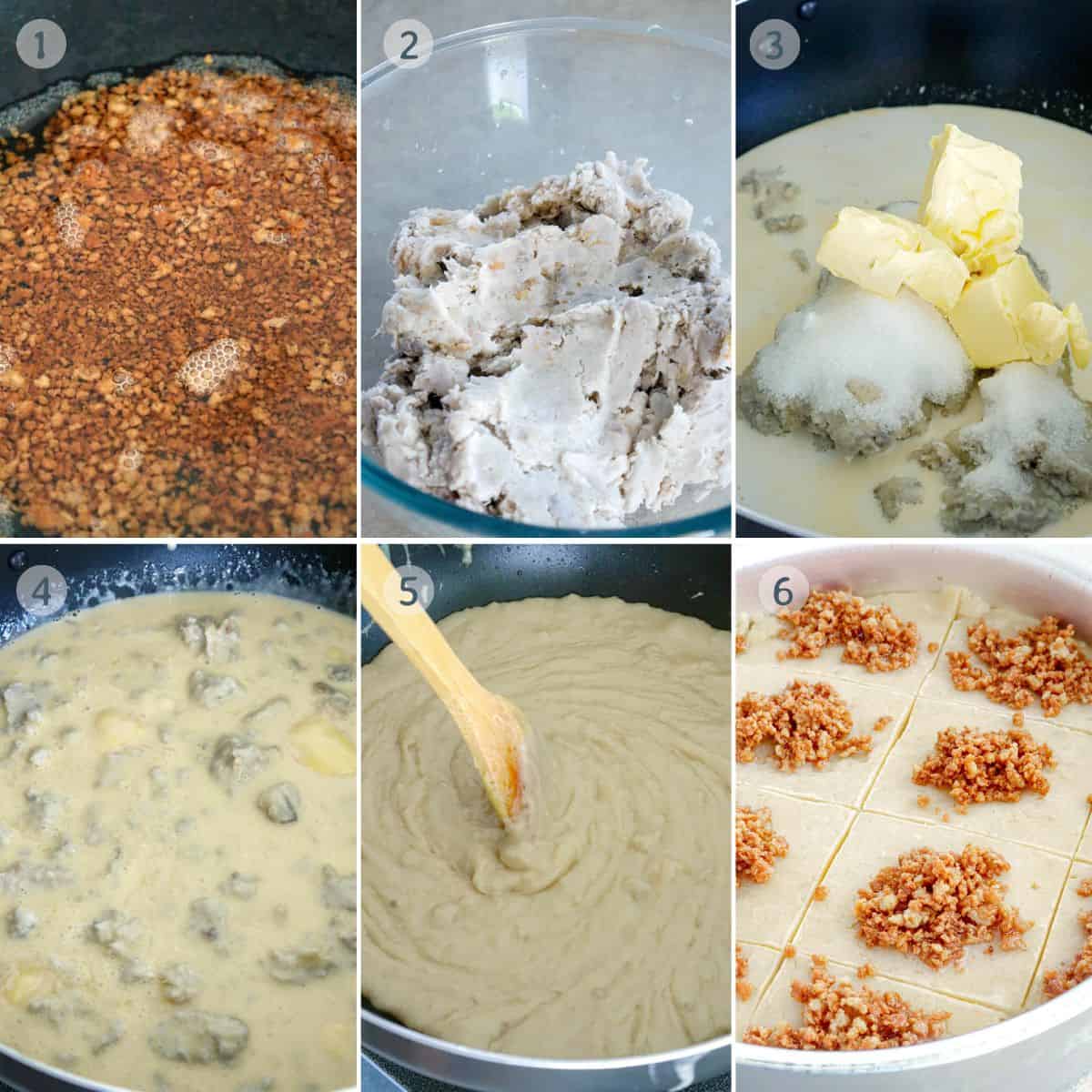
- Make latik. Boil coconut cream in a wide pan over medium heat until the liquid thickens. As the oil separates and solids begin to form, regularly stir and scrape the sides and bottom of the pan to prevent it from burning. Continue to cook and stir until the curds turn golden brown. Drain the latik from the oil and store it in a container until ready to use.
- Cook the gabi. Peel the gabi and soak it in water to prevent discoloration. Place the gabi and enough water to cover it in a pot over medium heat and cook until fork tender. Remove the gabi from the pot, allow it to cool, and mash until smooth.
- Combine coconut milk, evaporated milk, condensed milk, mashed gabi, sugar, and butter. Whisk together until well blended.
- Boil, stirring occasionally, until sugar is dissolved and butter is melted.
- Cook the mixture. Lower heat and simmer until smooth, thick, and can hardly be lifted from the pan. Use a non-stick pan and a sturdy wooden spoon to make stirring easier.
- Transfer kalamay to a serving pan or platter. Brush the bottom and sides of the serving dish with coconut oil. Spoon the kalamay mixture into the prepared pan, using a lightly oiled knife or spatula to smooth the top. Brush the surface with coconut oil and top with latik.
Cooking tips
While cooking the kalamay, start making the latik. You will need the rendered oil to brush on the serving pan.
Frequently Asked Questions
Are Gabi and Ube the same?
Although these two tubers are often confused with each other and can be used interchangeably in certain recipes, they're different root crops.
Gabi comes from the taro plant and is often cooked in sweet desserts such as Visayan binagol or savory dishes such as sinigang na inihaw na liempo. Depending on the variety, the size can range from small to large and the color from creamy white to purple-flecked.
On the other hand, Ube is a yam species, and it's distinguished by its color, ranging from purple (hence the name purple) to lavender. This tuberous vegetable is used in various desserts such as binignit and flavoring for ube macapuno ice cream, ube sponge cakes, ube crinkle cookies, pastillas candies, and ube pandesal.
How to serve and store
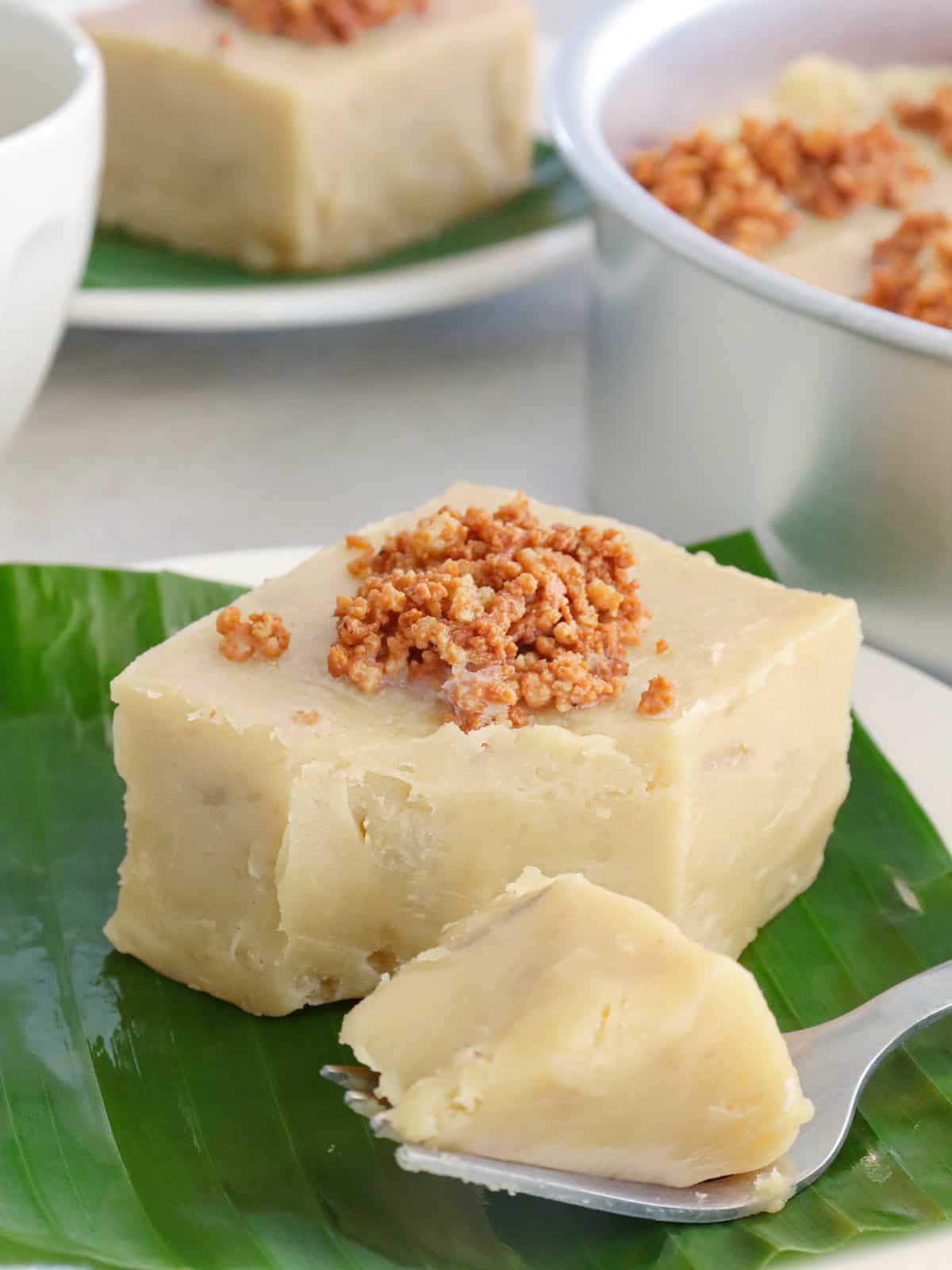
- For a more traditional presentation, the mixture is transferred to a serving pan or a banana-lined wooden bamboo platter (bilao) and then topped with golden coconut curds (latik) to add an extra layer of flavor and texture.
- If you're storing the rice cake in the refrigerator, skip brushing coconut oil. Bring the kalamay to room temperature first before applying the oil, as it will harden to an unappetizing film of fat.
More dessert recipes
Ingredients
For the Kalamay Gabi
- 1 can (13.5 ounces) coconut milk
- 1 can (12 ounces) evaporated millk
- 1 can (14 ounces) condensed milk
- 2 pounds gabi ( about 12 medium size pieces)
- ½ cup butter
- 1 cup sugar
For the Latik
- 2 cups coconut cream
Instructions
For the Kalamay Gabi
- Peel gabi and soak in water to prevent discoloration. In a pot over medium heat, place gabi and enough water to cover. Bring to a boil. Cover and cook until fork tender.
- Remove gabi from pot and allow to cool. Mash with a fork until smooth. You'll need 3 cups of mashed gabi.
- In a wide non-stick pan, combine coconut milk, evaporated milk, condensed milk, mashed gabi, sugar, and butter. Whisk together until well blended.
- Bring to a boil, stirring occasionally until sugar is dissolved and butter is melted.
- Lower heat and continue to cook, stirring regularly, for about 40 to 50 minutes or until the mixture is smooth, very thick, and can hardly be lifted from the pan.
- Brush the bottom and sides of the serving dish with coconut oil.
- Transfer the kalamay mixture into the prepared pan, using a lightly oiled knife or spatula to smooth top.
- Brush surface with coconut oil and top with latik.
For the Latik
- In a pan over medium heat, add coconut cream and bring to a boil. Cook until liquid starts to thicken.
- As oil starts to separate and solids begin to form, regularly stir and scrape sides and bottom of the pan to prevent from burning. Continue to cook and stir until curds turn golden brown.
- Drain latik from the oil and store in a container until ready to use.
Notes
- Use a non-stick pan and a sturdy wooden spoon to make stirring easier.
- While cooking the kalamay, start making the latik. You will need the rendered oil to brush on the serving pan.
Nutrition Information
“This website provides approximate nutrition information for convenience and as a courtesy only. Nutrition data is gathered primarily from the USDA Food Composition Database, whenever available, or otherwise other online calculators.”
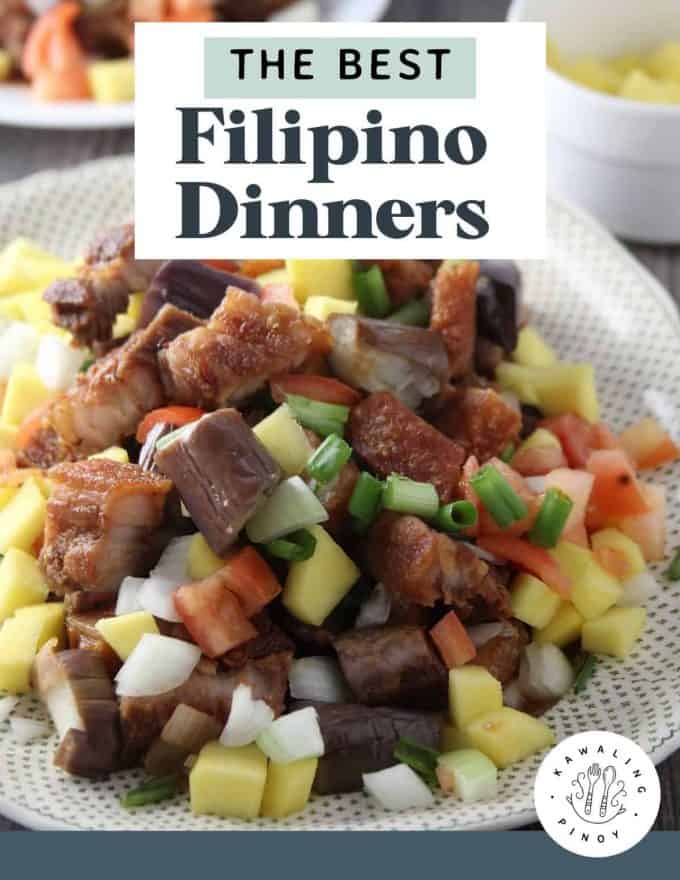
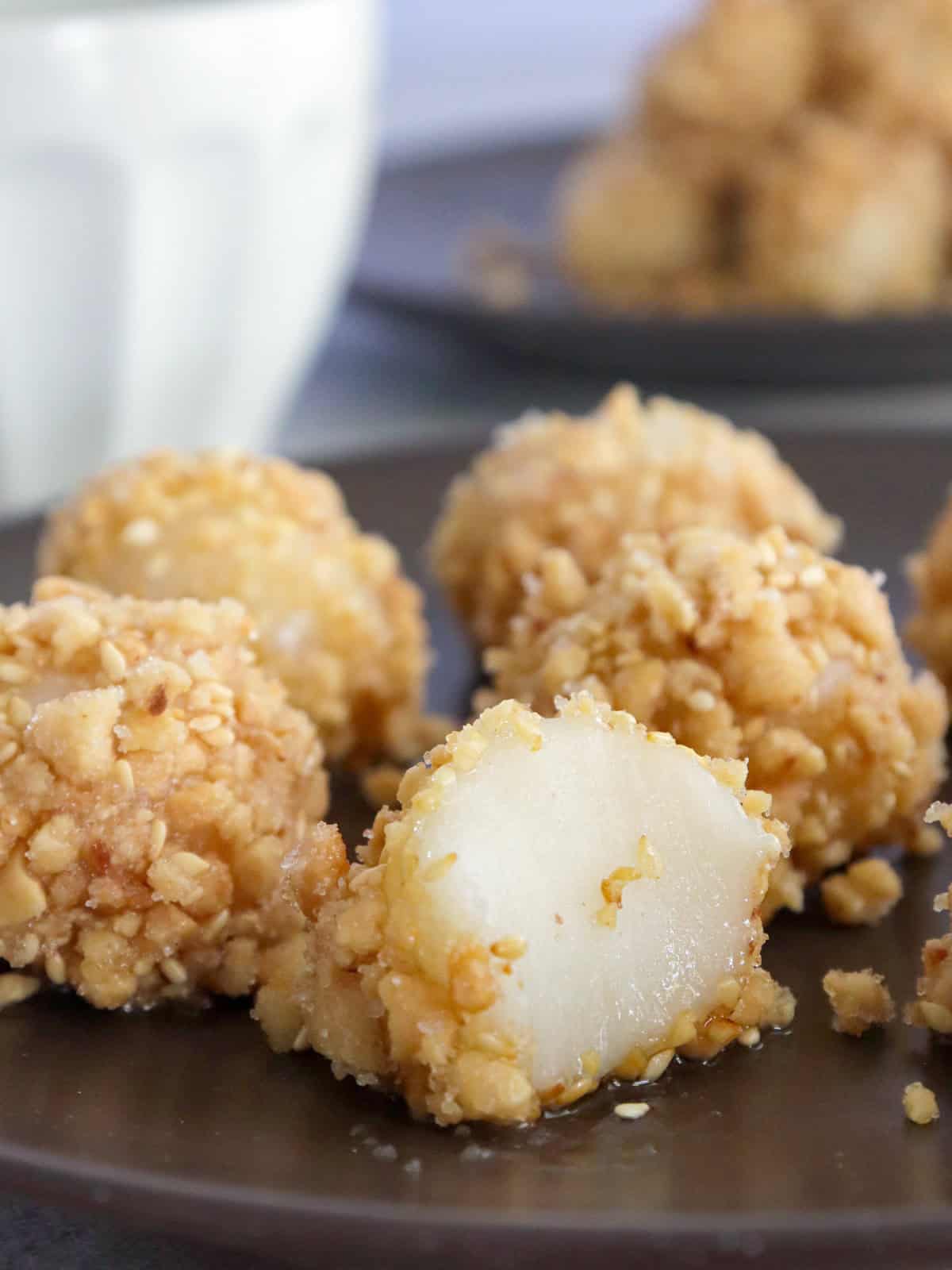
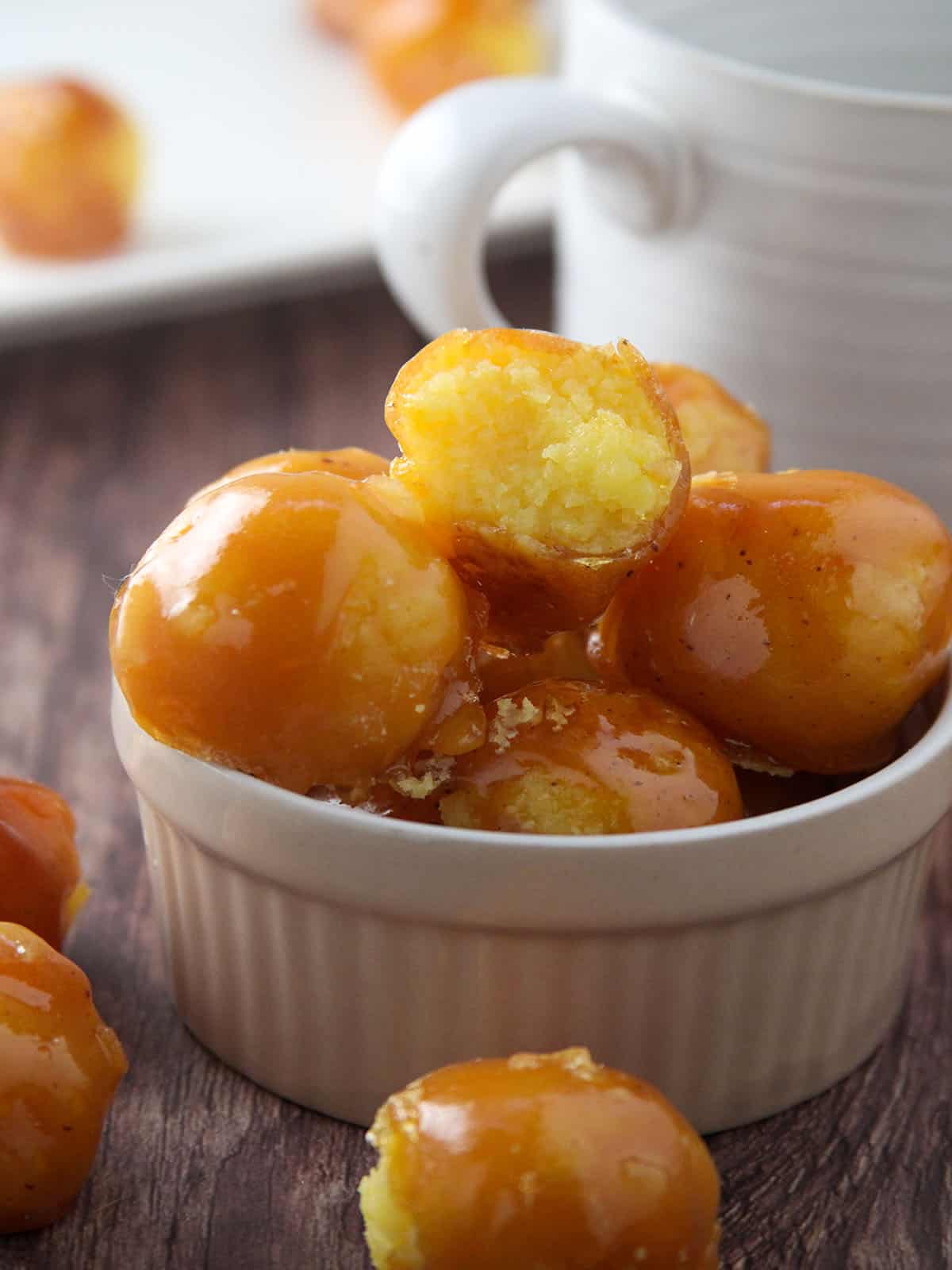
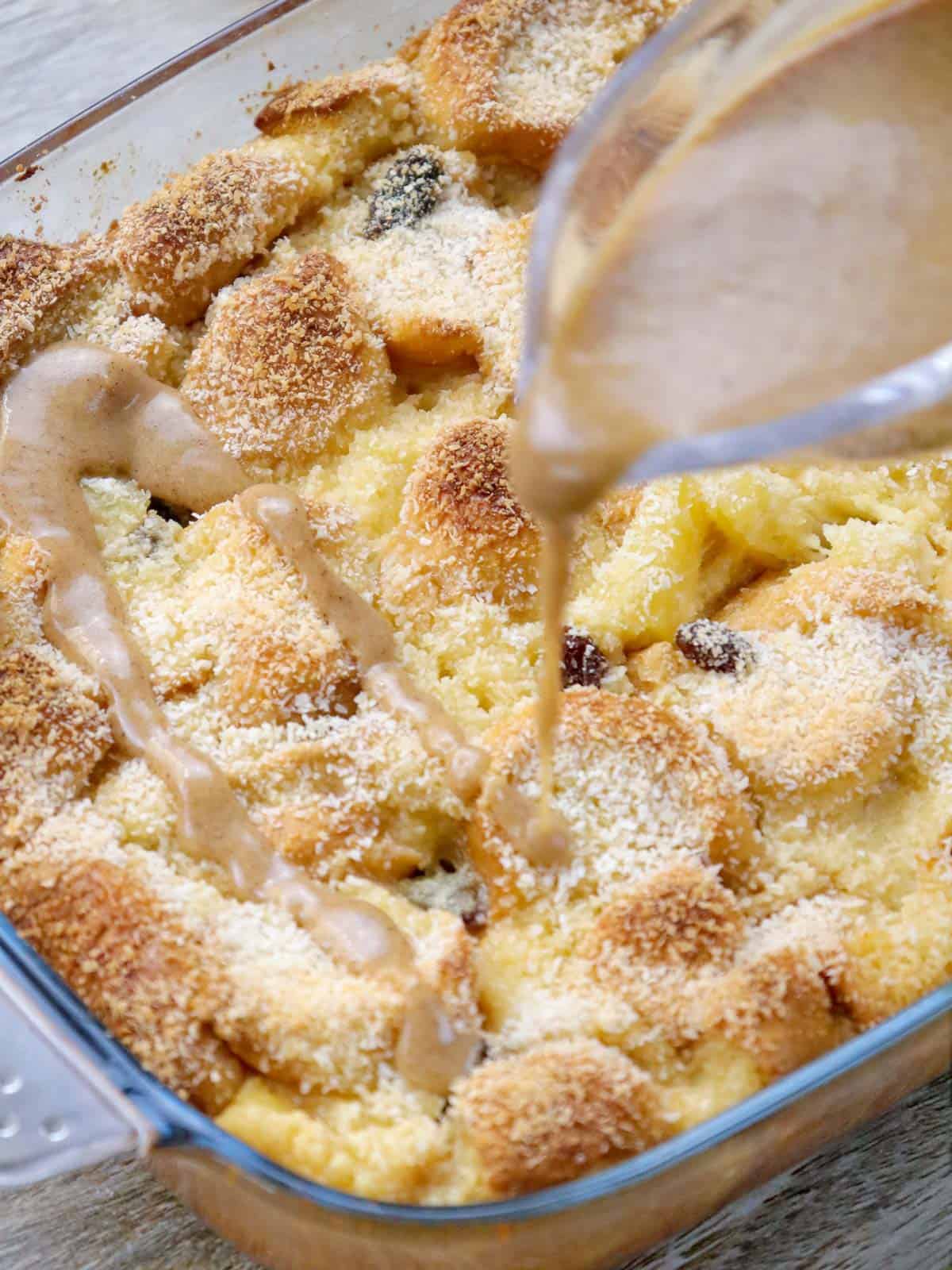
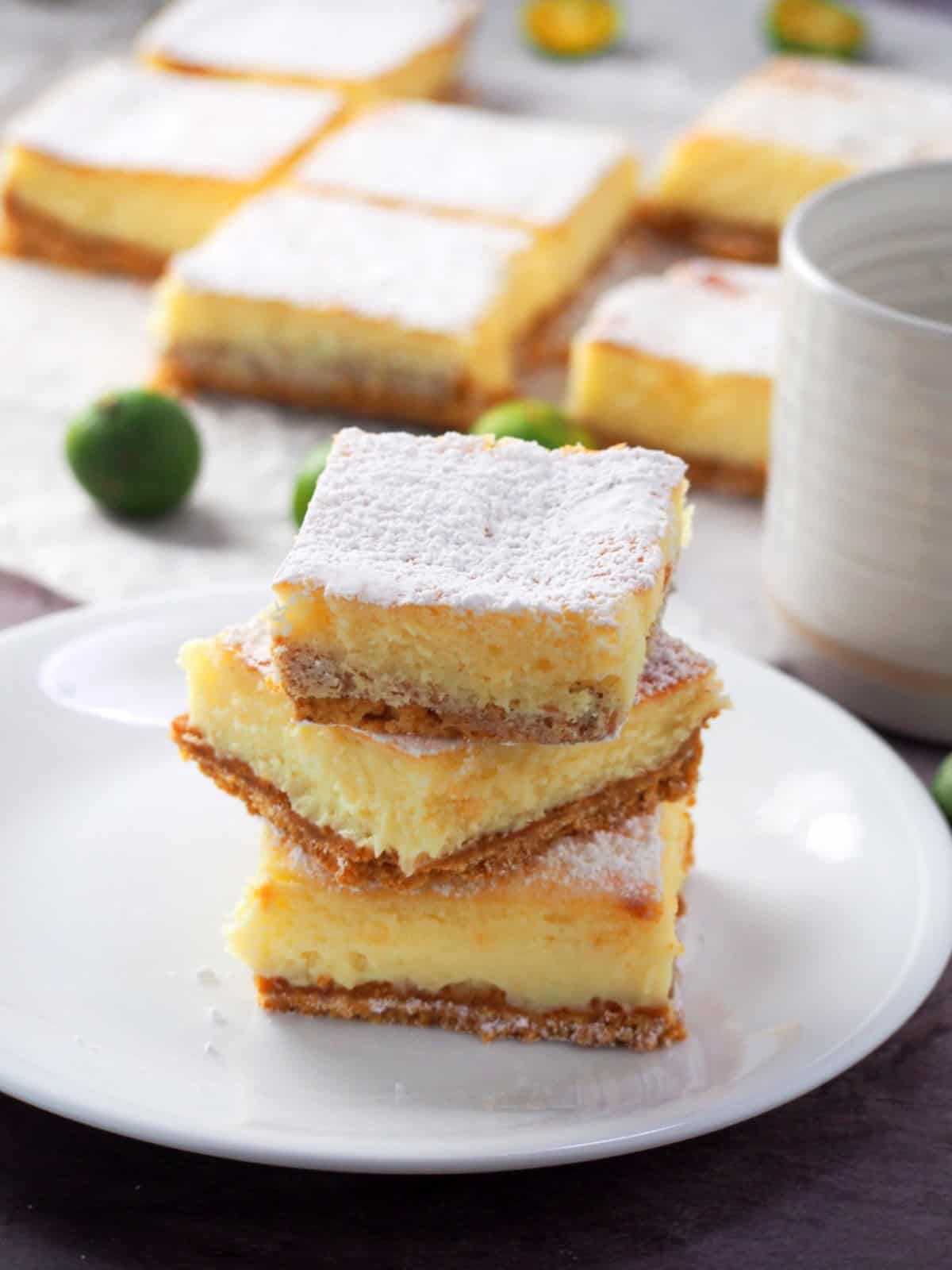
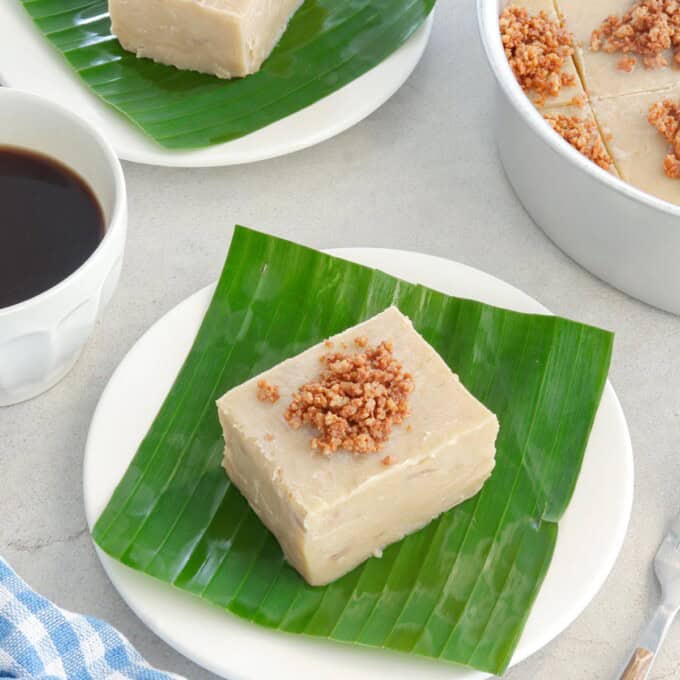
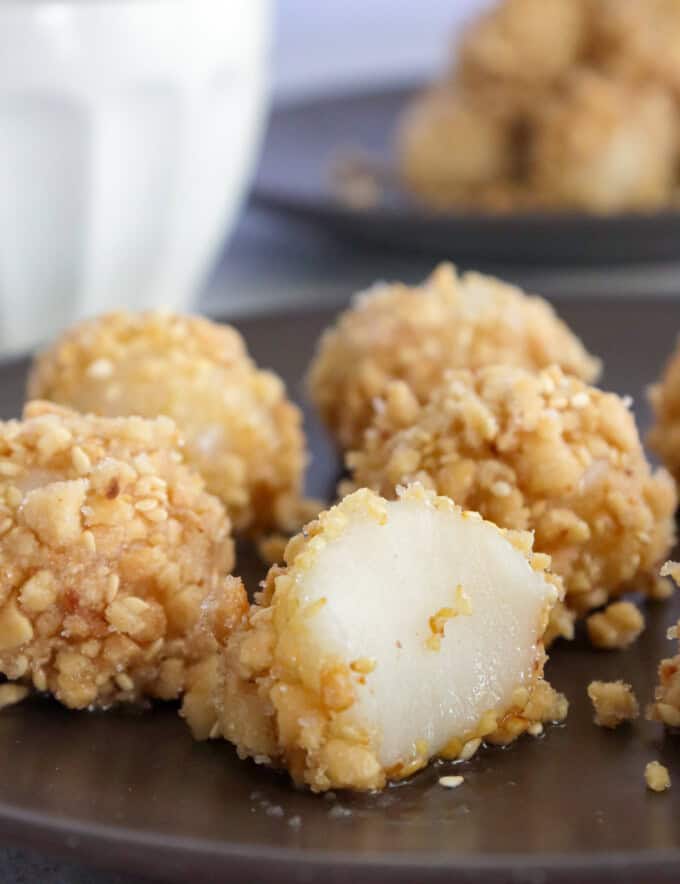
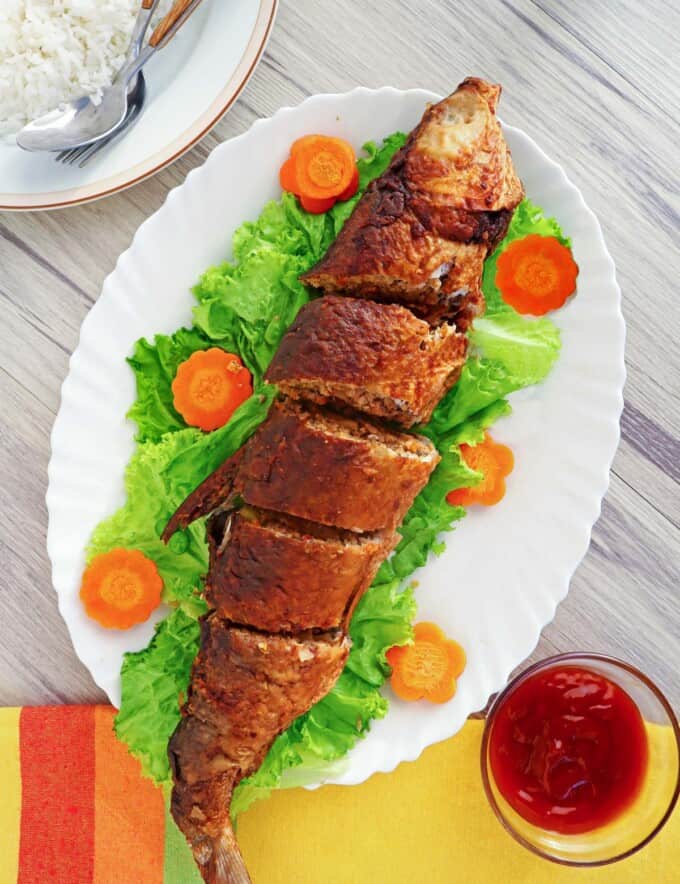
Armando Tatel says
As usual masasarap ang mga recipes na niluluto mo.
Lalaine Manalo says
salamat po 🙂
Grace says
Can i used taro flour? Thank you
Rosemarie higgins says
Pwede ko ba pag haluin ang Gabi at patatas?
Cris langit says
Good to know cooking
Lalaine says
🙂